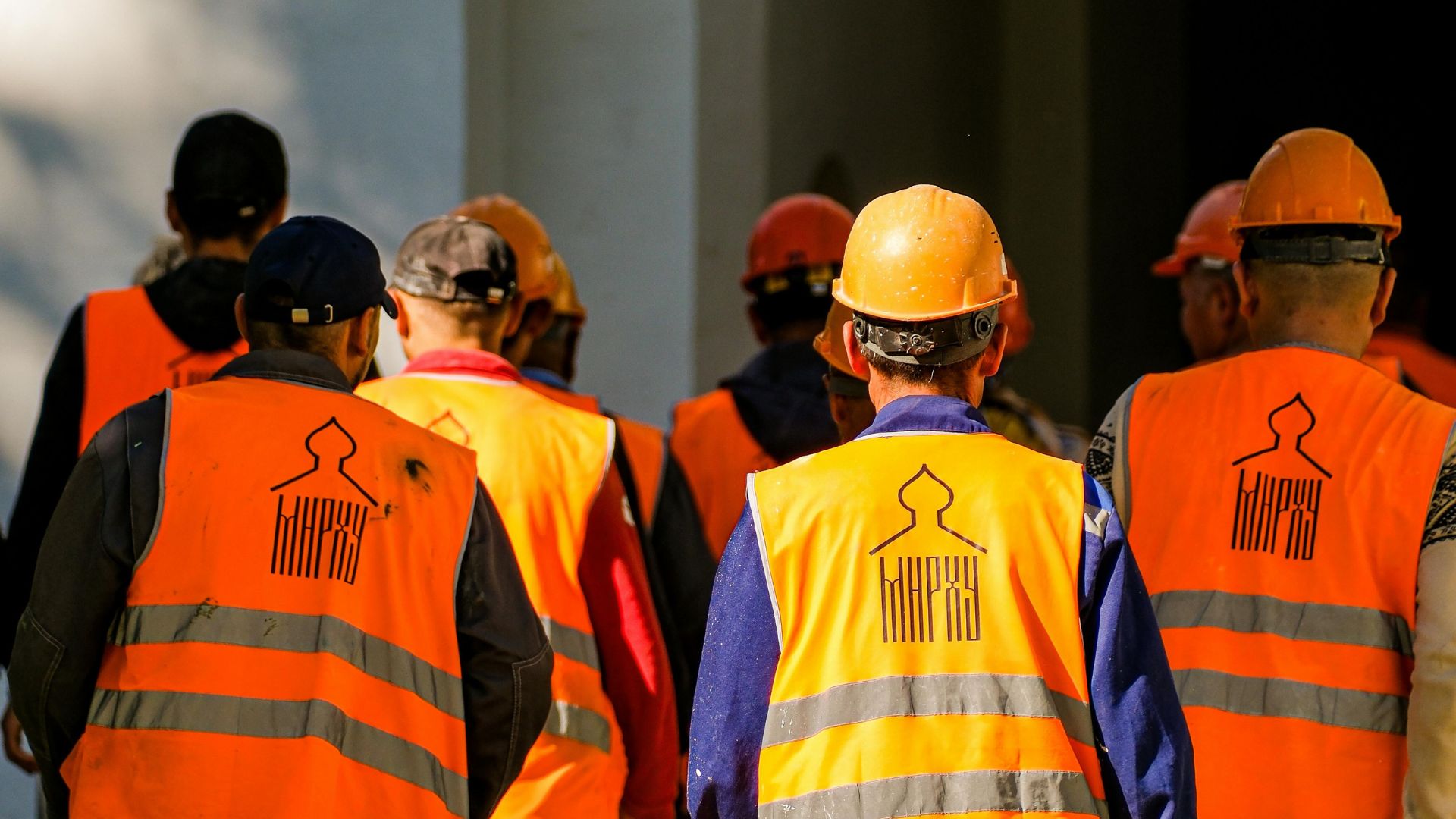


As we approach the end of 2022, projections estimate that U.S. employee annual turnover rates will increase by over 20%.
Employee attrition has become an increasing concern for leadership teams around the globe and early data suggests that no industries were spared from this challenge. For the most part, it's normal for employees to come and go. But the issues that come with the Great Resignation, including increased recruiting costs and falling profits, have placed employee attrition front and center for businesses that recognize the importance of talent retention.
Being able to calculate, track, analyze, and manage each type of attrition is crucial to providing a positive Team Experience. According to a new survey from Gusto, around 37% of employees say that working with a great team is their primary reason for staying with an organization, making talent retention an even more significant priority.
Here we've compiled everything you need to know about employee attrition, including what it is, its various types, how to calculate your own attrition rate, and more.
Let's dive in!
What is Employee Attrition?
Employee attrition is a measurement of how many employees leave your workforce and are not immediately replaced. It tracks how much the workforce shrinks over time, since the number of employees that leave is greater than the number hired. So, having a high attrition rate is typically unhealthy for an organization.
Keep in mind that employee attrition is a natural part of any workforce's lifecycle.
Attrition happens when an employee resigns, retires, or even when they are replaced by automation. The reason it's become a focus lately, however, is because unnatural factors have become more commonplace — rampant burnout, job dissatisfaction, and more.
This becomes even more impactful given the fact that according to a recent survey, "more than half (54%) of employees surveyed said that a strong sense of community — having great coworkers, celebrating milestones or uniting over a common mission — kept them at a company longer than was in their best interest."
Types of Employee Attrition
There are three main types of employee attrition, and not all of them are inherently bad.
Regardless, you should be able to recognize their differences to evaluate how you can take steps to mitigate any negative long-term consequences they may have on your team.
Voluntary Attrition or Regrettable Attrition Rate
Regrettable attrition, also known as voluntary attrition, happens when a company loses employees they'd rather keep. This is the most harmful type of employee attrition since the loss is most heavily felt by the rest of the team. Regrettable attrition can occur for any number of reasons, including but not limited to:
- Job dissatisfaction
- Employee burnout
- Receiving a better offer elsewhere
- Lack of upward mobility
- Poor workplace culture/lack of employee engagement
- Lack of employee benefits
Unregretted Attrition Rate
Unregretted attrition, as you may have already guessed, is when the company chooses to let go of an employee, or when they leave and their vacancy isn't detrimental. This is most often due to layoffs, company restructuring, termination, or automation implementation. For the most part, unregretted attrition is a calculated move, so it tends not to carry heavy consequences for the business.
Retirement Attrition Rate
Retirement attrition is the rate at which members of your workforce retire. Typically, this is the most insignificant type of attrition since retirement is anticipated far in advance. Furthermore, a smaller percentage of employees retire compared to those that leave in other ways.
The only time retirement attrition can have a major impact is if a large portion of a business's workforce reaches retirement age simultaneously. This is fairly rare, but companies should prepare for it if staff are roughly the same age.
What are Employee Attrition Rates?
An employee attrition rate is the rate at which employees leave a company (for any reason) and are not replaced. It measures how gradually (or quickly) a company's workforce shrinks over time. High attrition rates put extra stress on remaining team members, increase recruiting and onboarding costs, and more.
Here we'll go over some frequently asked questions about employee attrition rates.
What does an average or typical attrition rate look like?
A healthy attrition rate looks different depending on the industry, the location of the business, or the size of the business itself. That being said, on average, a company can expect an 18% turnover in its workforce each year. Additionally, they can expect around 6% of their workforce to be part of unregretted attrition.
What are common reasons for high attrition rates?
While some level of attrition comes naturally, there is cause for concern if you notice higher rates of regrettable attrition. Here are some of the leading causes:
- Poor compensation or benefits: In an age where remote work is increasingly viable, workers have no issue going down the street (or across the country) to find a company that will provide meaningful benefits and competitive wages. A survey from LinkedIn found that compensation and benefits are the number one priority for younger workers. Staying competitive in these areas is the first step toward reducing attrition.
- Burnout: Burnout happens quickly when employees feel they are overworked and aren't given the tools they need to manage their stress levels. Companies should aim to check in with their staff to manage workloads, ensure that clear work-life balance boundaries are enforced, and give their employees more control over their daily tasks. This type of empowerment can go a long way in keeping staff engaged with their work, thus reducing attrition.
- Toxic culture: Company culture is formulated from the top down. If employees view their managers, or leadership as a whole, as toxic, chances are they're not sticking around for very long. What do we mean by "toxic"? We mean when teams don't feel comfortable expressing their opinions, they don't feel valued, leadership communicates poorly, employees feel they don't have a say in their work lives, or the company lacks a culture of inclusion. Any number of these factors contribute to high attrition rates.
- Lack of upward mobility: Nobody wants to be stuck in a dead-end job. Employees want to be challenged; they want to grow and learn new skills. Outlining a clear career path or allowing staff to forge their own goes a long way in nurturing talent and keeping them motivated to do better.
How do I calculate employee attrition rates?
The formula for calculating your attrition rate is actually fairly simple:
- Find out the average number of employees.
- Determine the time period for which you'd like to measure attrition. For this hypothetical, let's say you calculate monthly attrition.
- Find out how many employees left positions that have not yet been filled over the past month.
- Divide the number of departed employees by the number of total employees. Multiply the result by 100 to get a percentage.
Example: A company has an average of 1500 employees and 80 have left over the past month.
80 / 1500 = 0.053, or an attrition rate of 5.3%
Keep in mind that you can calculate attrition rates by department, by position, etc., to pinpoint what's driving your high attrition rate. From there, it's worth digging into why employees left so you can determine whether it's regrettable, unregretted, or retirement attrition and make adjustments accordingly.
Attrition Rates Shouldn't Be Ignored
In the past few years, businesses everywhere have seen massive upheavals in the ways they conduct themselves that have seen rippling effects, regardless of industry. Reducing employee attrition has become preventative maintenance for many in order to save time, money, and keep employees engaged with their work. It has become a reality for a long-term strategy that can no longer be ignored.
By concentrating on your employees' quality of life and work-life balance, you can take steps toward reducing your attrition rates, attract new talent, and retain key staff members.
Calculate, Analyze, and Improve Attrition Rates with PepTalk
PepTalk is helping organizations build more resilient teams by taking a human approach and elevating people over process. Our award-winning solution offers a new and unique approach to employee engagement software by leveraging the following:
- Measurement and Data: leverage real-time data and insights to avoid being caught off guard and stay ahead of trends
- Amplify and Action: extensive content library that provides action & solutions to each insight gained
- Growth and Skills: leadership and management tool kits/support
- Org Culture Growth: helping connect teams into the wider culture of the company leading to enhanced decision making
To learn more about how you can build a great Team Experience in your organization, book a free demo today!
Frequently Asked Questions


See PepTalk in action


Related
Latest Blogs


See PepTalk in action





.webp)


.webp)







.webp)